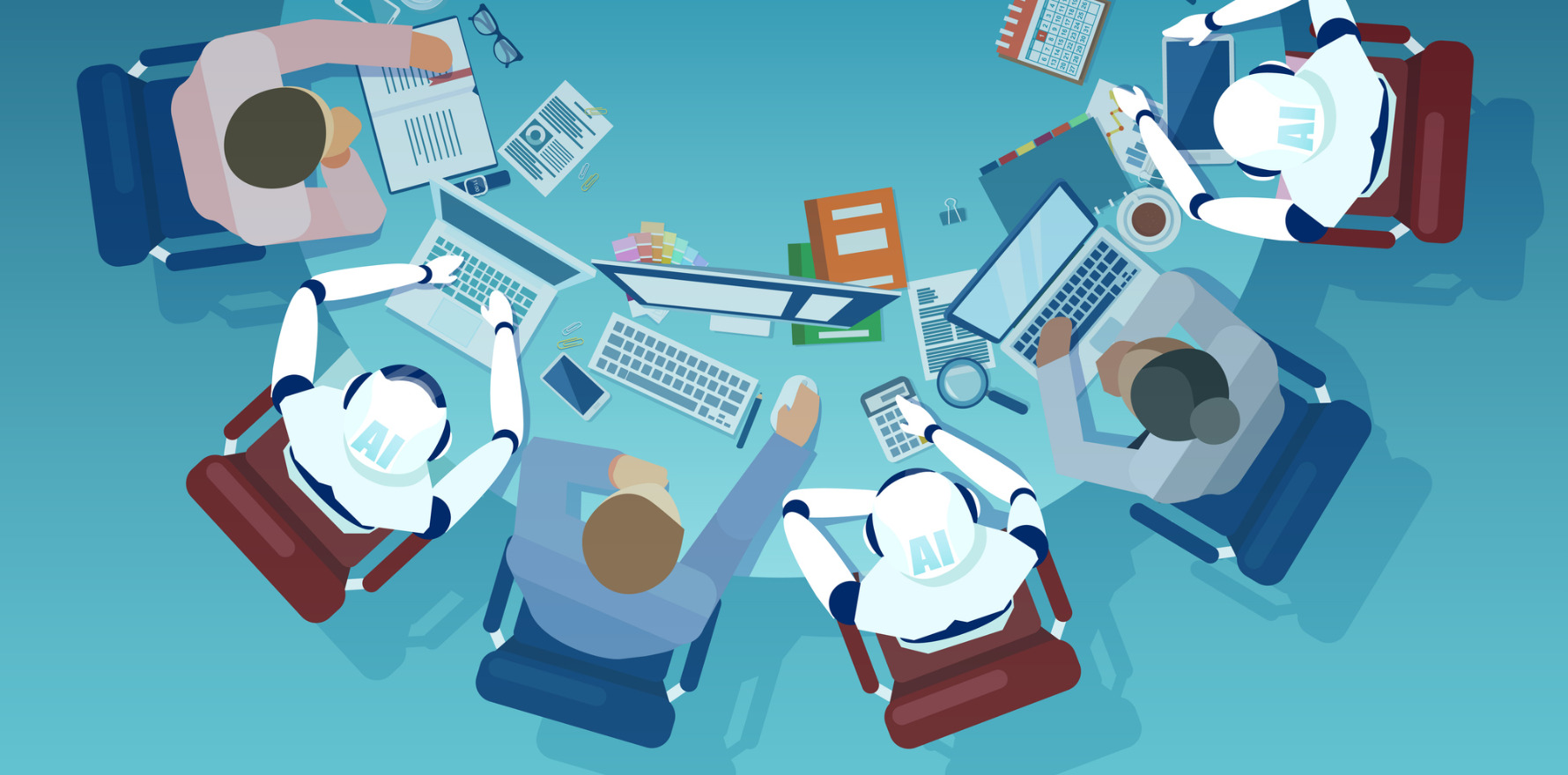As AI-powered scribe usage takes off among general practice, some clinics are looking to its other applications. Say hi to your AI-powered receptionist, who is impervious to boy troubles, apparently.
Call up one of Grove Medical’s practices in Perth, and you may find yourself booking an appointment with Sarah, the AI-powered receptionist.
Still in her early days, Sarah currently takes about 8% of calls; everyone who rings is given the option to hold for a human receptionist or to skip the line and talk to Sarah.
Rather than an attempt to use AI to replace Grove Medical’s human receptionists, practice manager Rebecca Whitehurst told delegates at the RACGP’s Practice Owners Conference on Sunday that she introduced Sarah in response to staff feedback that the volume of calls was unmanageable.
“What they’re constantly telling us is that there’s so much flying at them all the time, and we wanted to support them,” she said.
“Although they can’t feel it yet – because [Sarah only] taking 10 or 15 calls a day doesn’t reduce their overwhelm immediately – we’re going to get there over time.
“And the thing that they appreciated the most is that we cared enough to do something about it.”
Grove Medical’s long-term goal is to have an intelligent AI-powered bookings and triage process as well as AI manning the phones after hours.
Unfortunately, the technology is not quite there yet. Sarah is trained to transfer calls to a human if the conversation gets out of its depth.
The short-term goal is to give patients a consistent bookings experience.
“What we really wanted was seamless and consistent access, and that is exactly what we’ve got,” Ms Whitehurst said.
“AI doesn’t take breaks, it’s not crying in the toilet because their boyfriend has liked another girl’s picture on Instagram, it’s not calling in sick because they went out the night before.
Related
“It will pick up the phone regardless of what’s going on.”
When the practice first announced it was introducing an AI receptionist, it received public blowback – but mostly from non-patients.
“In general, we’ve had much better take-up than we were expecting, and the backlash from our patients, the people that matter to us, has been fine,” Ms Whitehurst said.
“I think with the introduction of the AI scribes, most of our patients have got on board … although AI is a really scary place to be, it’s not as scary as it was.”
Grove Medical also uses an AI function integrated with the practice email inboxes that is able to categorise and summarise correspondence and test results without staff having to read the entire document.
From a practical perspective, Ms Whitehurst said, it turns a 30-second-per-upload task into a two-second-per-upload task.
“We’re smashing through about 500 documents a day in under an hour,” she said.
At a separate conference session on AI, MIPS Indemnity Insurance chief medical officer Dr Owen Bradfield stressed that GPs should ideally use purpose-built software rather than generalist platforms like ChatGPT.
“Most of the commercially available AI scribes here in Australia are closed source,” he said.
“What that means is, when you’re recording a consultation and a written transcript is created, that written transcript is stored on in the cloud but it’s not made available to other users.
“With ChatGPT, if you prompt it to answer a question and you enter sensitive or personal information … then potentially somebody else who asks a similar question anywhere else in the world at a later date may then be given an output that includes that sensitive information.
“That’s essentially a privacy breach.”
The 2025 RACGP Practice Owners Conference was held at the Melbourne Convention and Exhibition Centre on 24 and 25 May.
This article was corrected on 30 May; it incorrectly stated that ChatGPT was open source.





